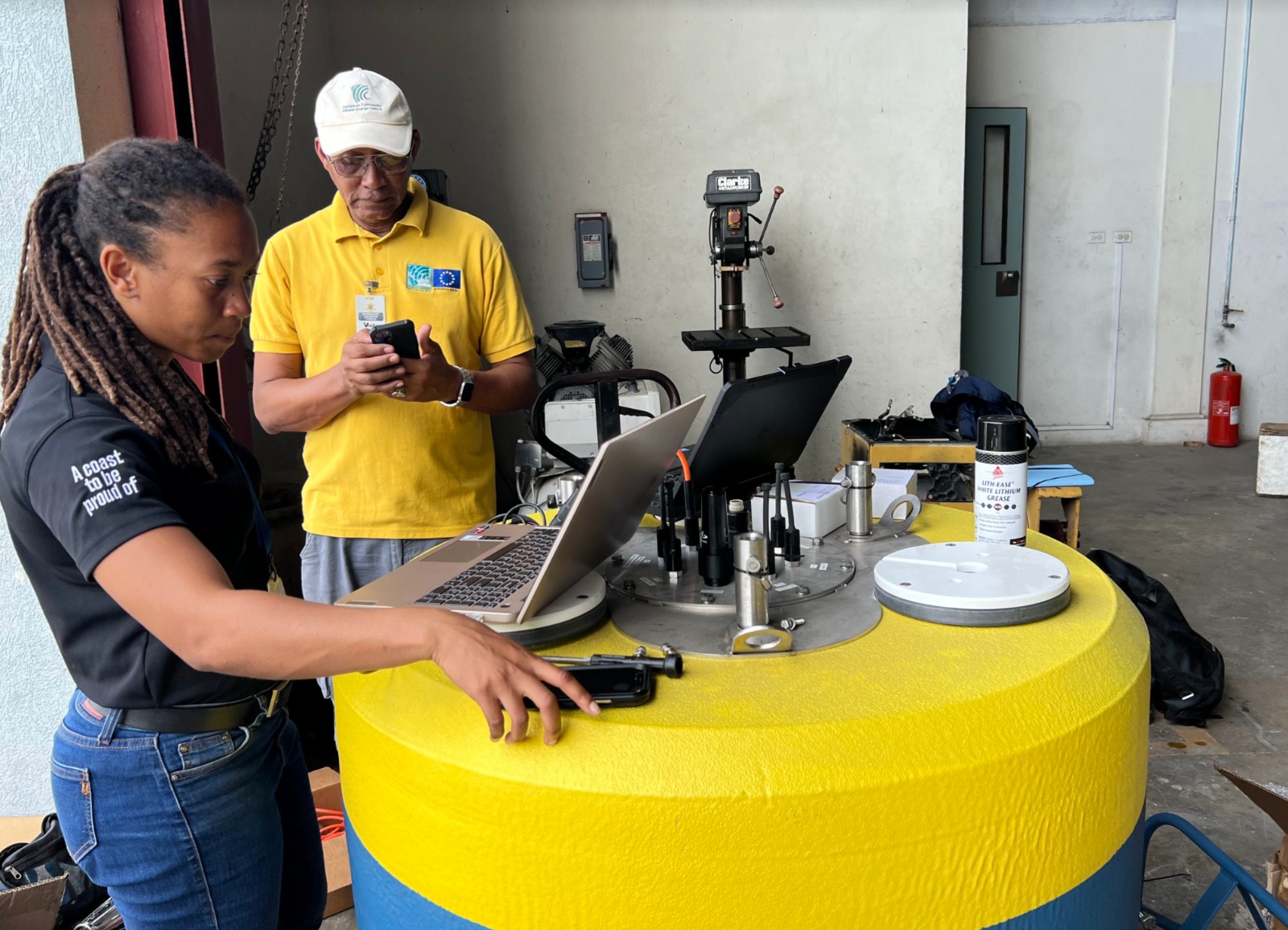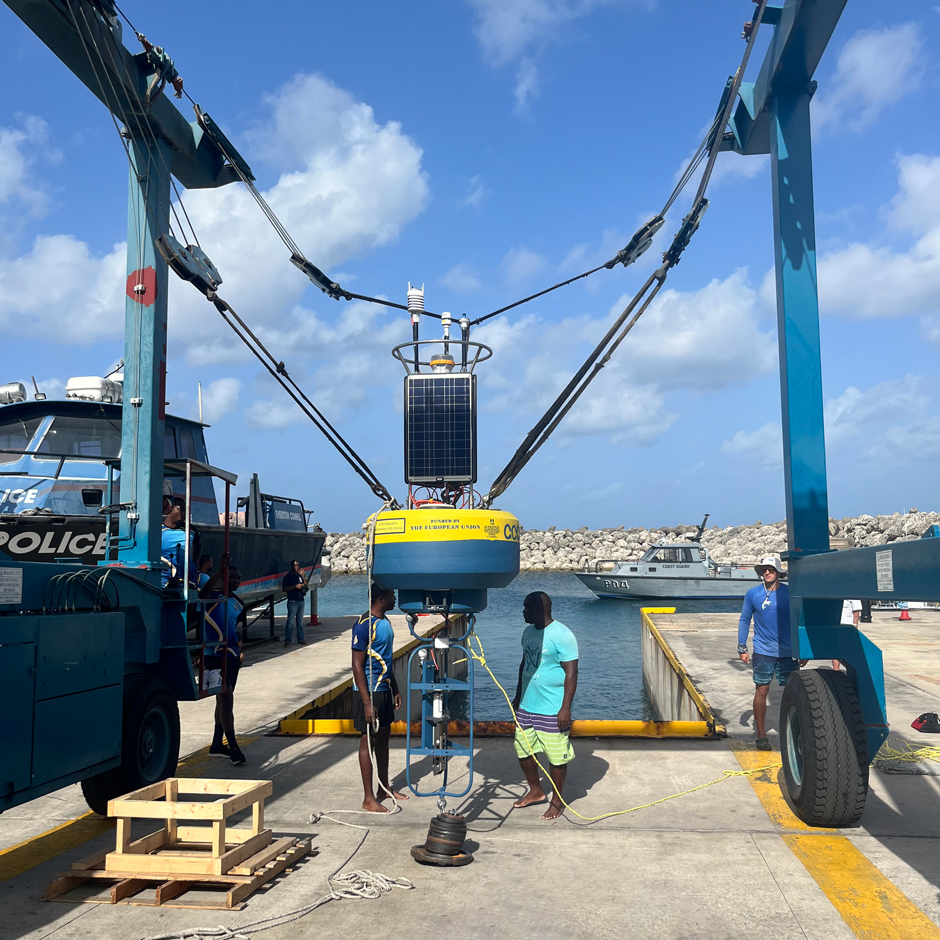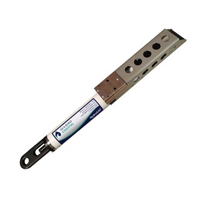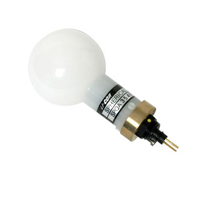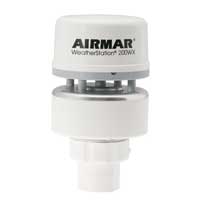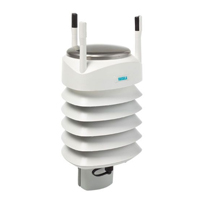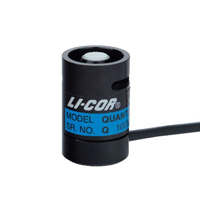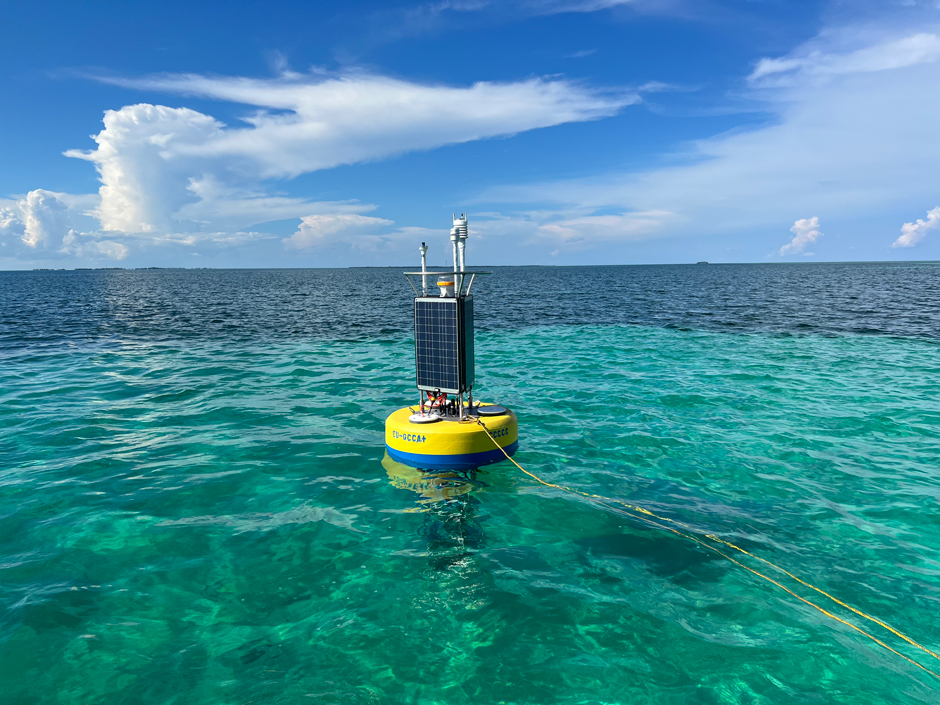 Coral reefs in the Caribbean are critical habitats for fish and other aquatic species that support the local and global food market. Despite their global significance, coral reef monitoring is often neglected due to the cost of installation and maintenance for monitoring networks.
Coral reefs in the Caribbean are critical habitats for fish and other aquatic species that support the local and global food market. Despite their global significance, coral reef monitoring is often neglected due to the cost of installation and maintenance for monitoring networks.
Albert Jones, Instrumentation Officer for the Caribbean Community Climate Change Centre (CCCCC), explains, “Data collection itself is not what is considered one of those sexy activities where you can easily get funding.”
Challenge: Funding Long-Term Data Collection
While most funding initiatives focus on the initial purchase and installation of monitoring equipment when they are added to the budget, monitoring must be considered in the long term. Maintenance, replacement costs, and personnel expenditures have to be considered when designing systems.
Data collection is often thought about only in the short term of installation, but Jones highlights that these systems require labor long after they’ve been deployed. Well-maintained systems produce good and reliable data for managers and local communities to rely on. More specifically, the data buoys that Jones instruments will be used to support Ecoforecasts for Coral Health Monitoring and to provide valuable environmental data to the public.
Despite the significance of the data, securing funding for long-term monitoring projects is not easy, and Jones has spent his career working to provide critical data under tight budgets.
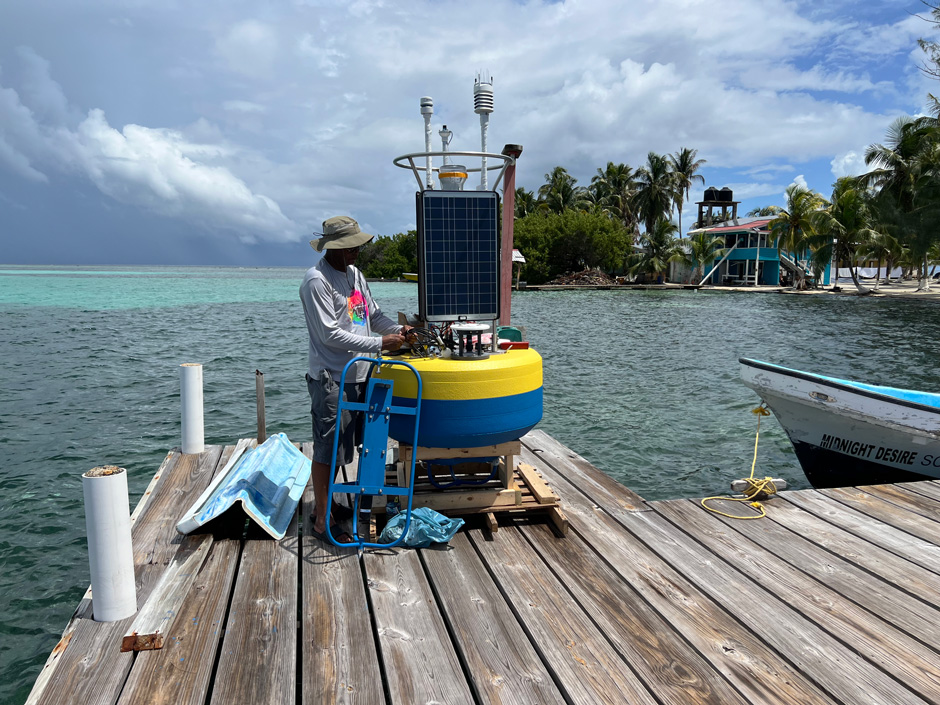 Solution: Cost-Effective and Reliable Systems in the Caribbean
Solution: Cost-Effective and Reliable Systems in the Caribbean
Early in the program’s history, the CCCCC had deployed large oceanographic buoys with a large variety of sensors that created several logistical concerns. The maintenance demands and initial cost of the systems limited the number of stations possible. The large systems also placed a burden on local agencies who were responsible for managing the system in the CCCCC’s absence.
In 2017, the CCCCC switched over the NexSens CB-950 buoys at the recommendation of a colleague at NOAA. The CB-950 equipped with the X2-CB data logger was less expensive, lighter-weight and durable, meeting everything Jones was looking for in the project. The cheaper cost even allowed the CCCCC to deploy an additional system for that project.
Jones explains, “For us, the buoys are configured ready to be put out in the field, which is something that has made our lives a whole lot easier, where we don’t have to go through a full programming course to actually deploy the system—like we did from the previous supplier. So those sorts of dependencies on a full integration that NexSens actually provided, gave us a lot more confidence in having a working system.”
Equipped with a Sea-bird CTD and LI-COR Li-193 underwater PAR for the marine variables; and Airmar 200WX, Vaisala WXT536 and LI-COR Li-190 PAR for meteorological variables, the buoy and sensors are durable for marine conditions.
 Benefits: Prioritizing Quality Data in the Caribbean
Benefits: Prioritizing Quality Data in the Caribbean
While these newer systems have fewer sensors, they are much more manageable and gather more relevant data. The X2-CB data logger transfers data via cellular transmission every 10 minutes to Jones even when he is elsewhere in the Caribbean.
Jones explains the decision, saying, “We always say that it’s best to have no data than bad data, because bad data gives you the completely wrong picture of what is happening out there. So rather than giving wrong information, we prefer to not have that information to skew things in the wrong direction.”
The smaller systems are more manageable for managers like Jones and local agencies who are responsible for the system. In the case of storm events, the buoys need to be moved to a safe harbor both to protect the equipment and the public from any damage caused by a displaced system.
One major benefit is that the smaller size and weight make moving the buoys easier. Additionally, in the case of the buoy being displaced, the Airmar complete weather station includes a GPS that allows for the buoy to be located.
 The Bottom Line
The Bottom Line
Overall, the lower cost and simplified system make the NexSens system the ideal solution for the CCCCC’s monitoring program. Over the next few years, as networks become more established and the data pool grows, Jones is hopeful that the information can be used to support ecoforecasting.
Despite the limitations and inconsistency of funding, Jones believes that environmental monitoring is the only way forward in terms of protecting critical habitats.
“I have a passion for data collection—I see the value of what data does for information. And the thing is, in our field, where we are trying to downscale global models to regional models, to national models, that can only be achieved with data—we cannot think that we can guess our way along,” states Jones.
He continues, “[Data collection is] one of these things that they tend to say, ‘let’s see if we can do with less.’ And then that becomes a problem—but, data collection has been my passion. I’ve been dealing with this for some 40 years. I enjoy what I’m doing, so as long as I get some support, I will keep pushing on.”
Equipment
The Sea-Bird Scientific HydroCAT CTD is ideally suited for extended deployments in remote, biologically rich environments.
The LI-COR LI-193 Underwater Spherical Quantum sensor accurately gives an added dimension to underwater PAR measurements.
The Airmar 200WX is a compact weather station ideal for moving platforms. The sensor outputs apparent and true wind, barometric pressure, air temperature, GPS location, and more.
The Vaisala WXT536 Multi-Parameter Weather Sensor simultaneously measures air temperature, humidity, pressure, rainfall and wind in a compact platform with optional heating.
The LI-190R Quantum Sensor measures photosynthetically active radiation (PAR), which is energy that drives photosynthetic reactions in plants.

